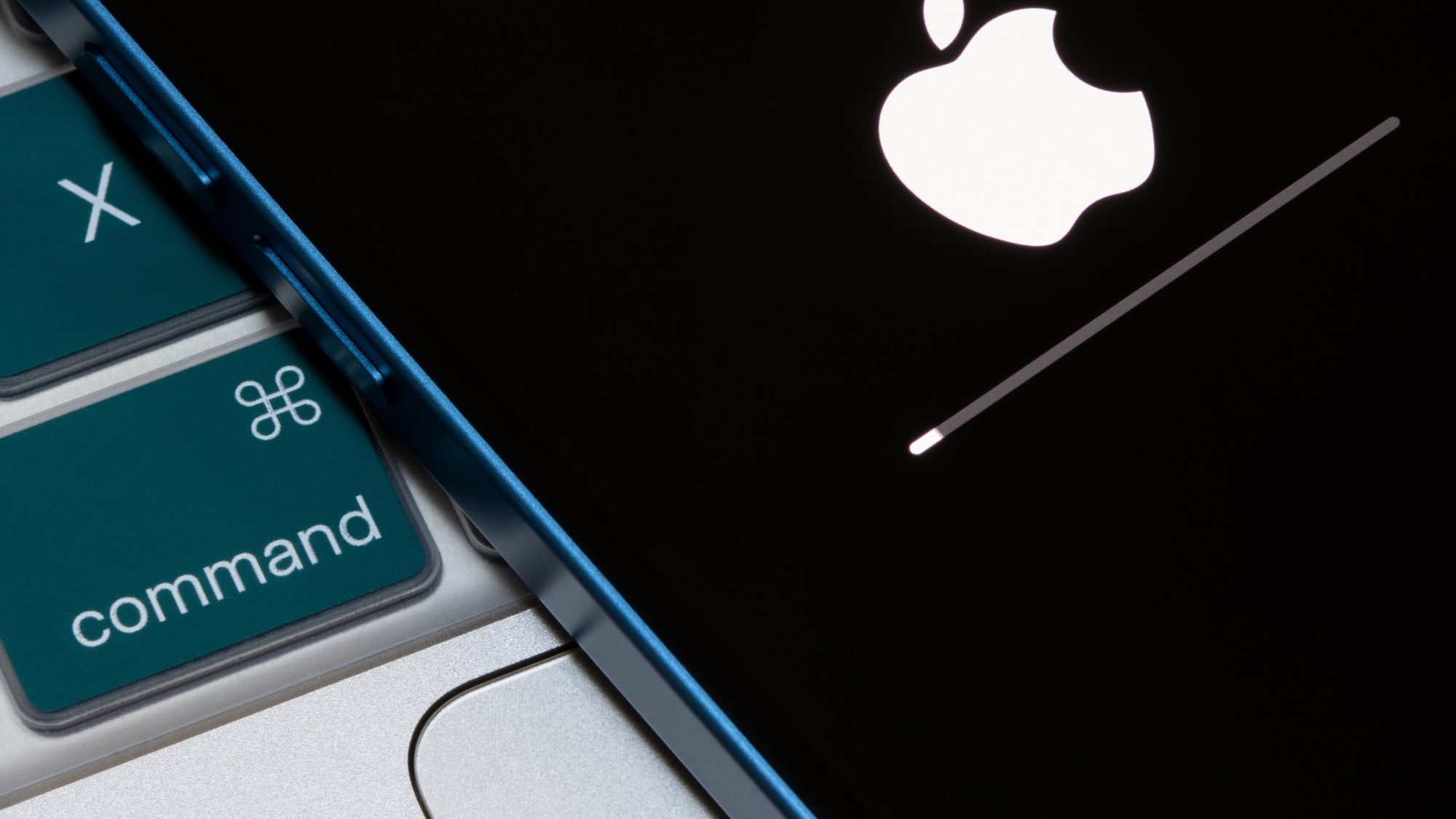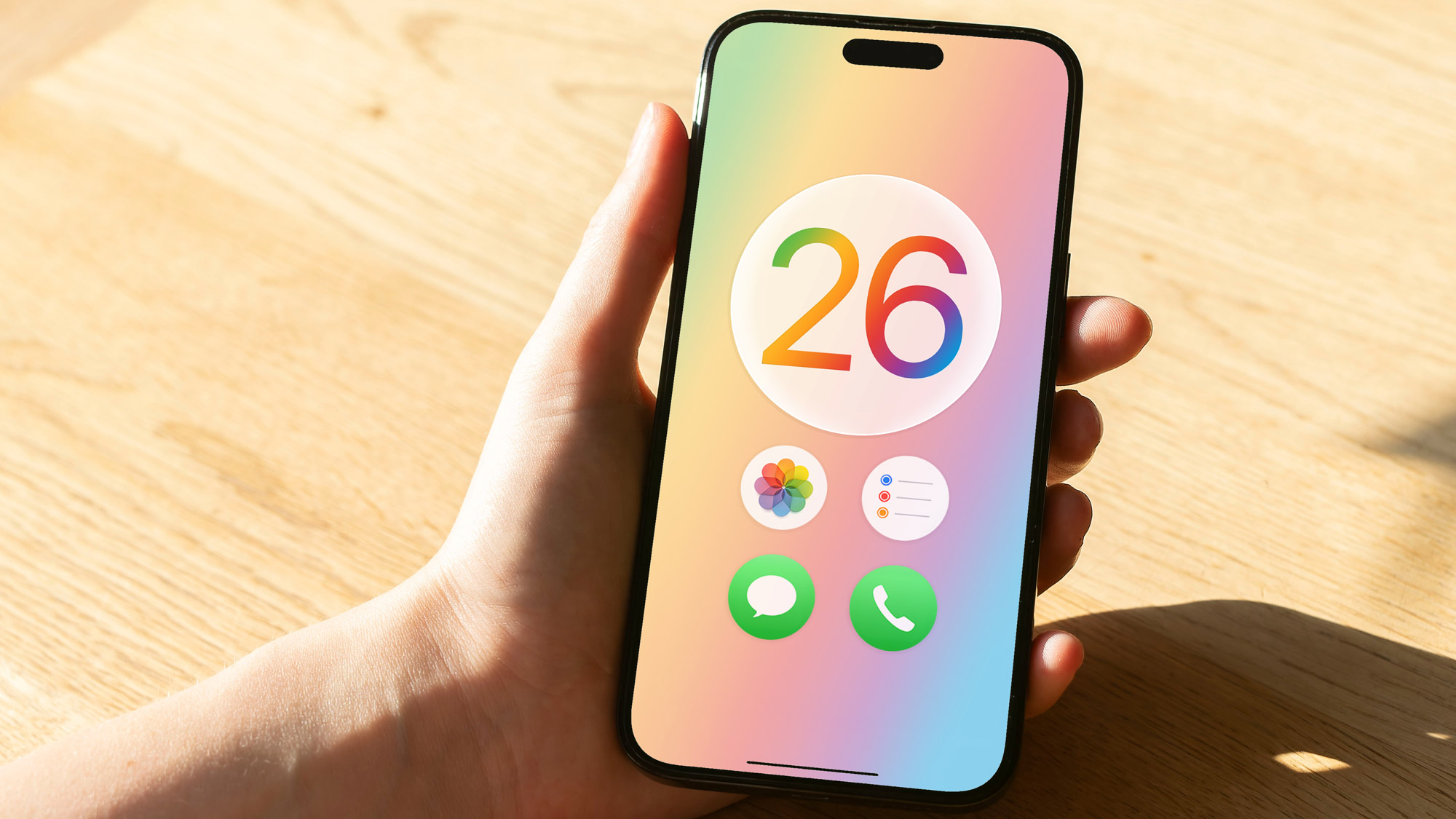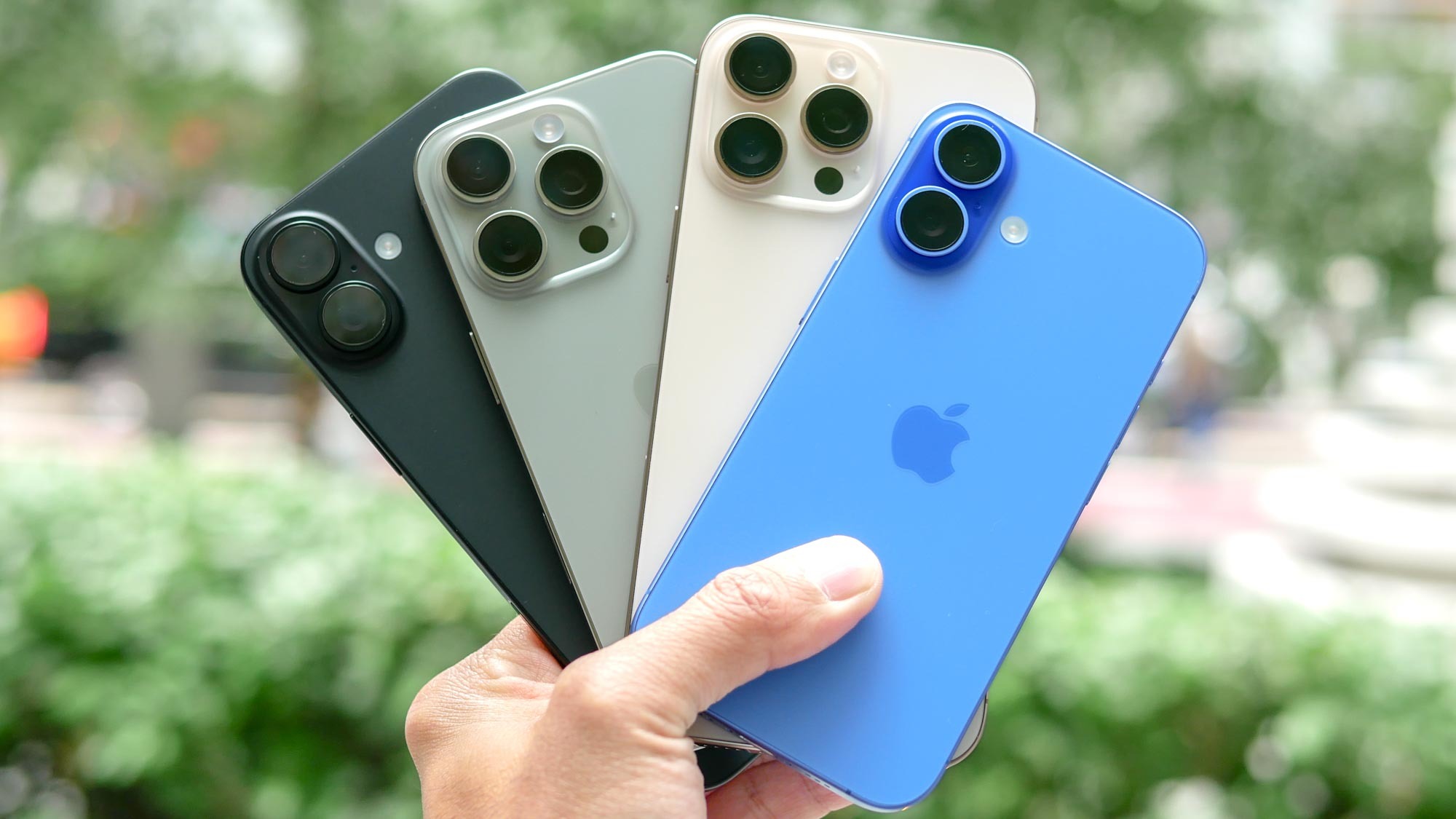I timed how long it took to update to iOS 26 vs Android 16 — and the results shocked me
I've given iPhone updates a bad rap

Since my job involves dealing with phones, I spend a lot of time updating the software — especially during beta software season.
One of my longstanding complaints has always been that iPhone updates take too long, especially during the reboot phase, but I never actually sat down and figured out how long the phone was out of commission.
Turns out my love of complaining got the better of me. After timing how long it takes to install the iOS 26 developer beta compared with Android 16, I realized that Apple updates aren't nearly as bad as I thought.
Or, at least, they're a lot less intrusive than they used to be. And apparently faster than updating to Android 16.
How iPhone updates work vs Android

Android and iPhone updates aren't all that dissimilar, once they're actually available that is. Apple devices, of course, have much easier access to new software on account of the sheer number of Android phone makers and the fact they all control if and when updates are released.
The whole process involves downloading updates, optimizing the device and then actually physically installing it. The key difference is that a lot of Android phones have an update feature pioneered by Google Pixels, where all the updating is done behind the scenes.
Once that whole process is finished, the phone does an ordinary restart. This should take the same amount of time as any other restart. iPhones on the other hand take things differently, and once the restart process begins you need to sit and wait for a progress bar to fill up — during which the phone is totally unusable.
Get instant access to breaking news, the hottest reviews, great deals and helpful tips.
It hasn't always been this way, but Android's seamless update feature has been around since the release of Android 7. Not every phone maker got on board right away, and Samsung didn't include this until the release of the Galaxy S25, but for the most part it's made Android updates a little less painful.
But as I found out, they're no faster at getting things done.
Updating to Android 16 vs iOS 26

As sensible as it might be to simply update my phones overnight, I tend not to do that. Mainly because a big part of my job includes testing out new features (or bugs) that come with new updates. So I usually end up triggering them manually, and then having to sit and wait while the software gets itself ready.
Don't get me wrong, mobile updates are not fast — it doesn't matter which platform you're using. What always bugged me was that iPhone updates always seemed to cut you off from your phone for much longer.
But as I timed the whole process, with a simultaneous install of Android 16 and the iOS 26 developer beta, I found that my attitudes may have been slightly wrong. Not only did the iPhone update take significantly less time than Android, the phone was only out of commission for about 10 minutes.
That's a lot longer than my Pixel 9 Pro, which restarts in around 45 seconds, but it's not as long as I'd actually thought. I can go 10 minutes without access to a phone, and it's highly unlikely that anything that does come through while the phone is restarting is so important that it can't wait 10 minutes.
Overall the iOS 26 update, which, according to The Times of India, is around 15GB, was done within an hour. Meanwhile the Android 16 update, which included the June Pixel Drop, took an hour and a half — even though the file size was around 1.5GB — 10 times smaller.
That's pretty poor performance from Google, I have to say, and it seemed to be because my Pixel spent quite a long time processing the update after it had been downloaded. Which is not ideal.
Bottom line

If you're going to sit and wait for devices to update, then you're going to have a bad time.
It's a long, tedious process that is better suited to being done overnight when you're asleep. It doesn't actually matter which platform you use, the only reason not to do this is because you're a bored phone critic that needs to see if his Pixel is going to get bricked for no apparent reason.
But at least I now have the peace of mind that, despite the extra downtime, iPhone updates are not as bad as I had always assumed. Maybe it's down to Apple improving the process, or maybe I'm just extremely impatient.
Either way it means I can get on with my day, and start complaining about the true evil update mastermind: Windows.
More from Tom's Guide
- I can't believe Google is making such a big deal out of Pixel VIPs — it's the most disappointing new feature in years
- 16 billion hit in ‘one of largest data breaches in history’ — what’s been exposed and how to protect yourself
- The iPhone Fold's crushingly slow development may have just hit another roadblock — but it's not all bad news

Tom is the Tom's Guide's UK Phones Editor, tackling the latest smartphone news and vocally expressing his opinions about upcoming features or changes. It's long way from his days as editor of Gizmodo UK, when pretty much everything was on the table. He’s usually found trying to squeeze another giant Lego set onto the shelf, draining very large cups of coffee, or complaining about how terrible his Smart TV is.
You must confirm your public display name before commenting
Please logout and then login again, you will then be prompted to enter your display name.
